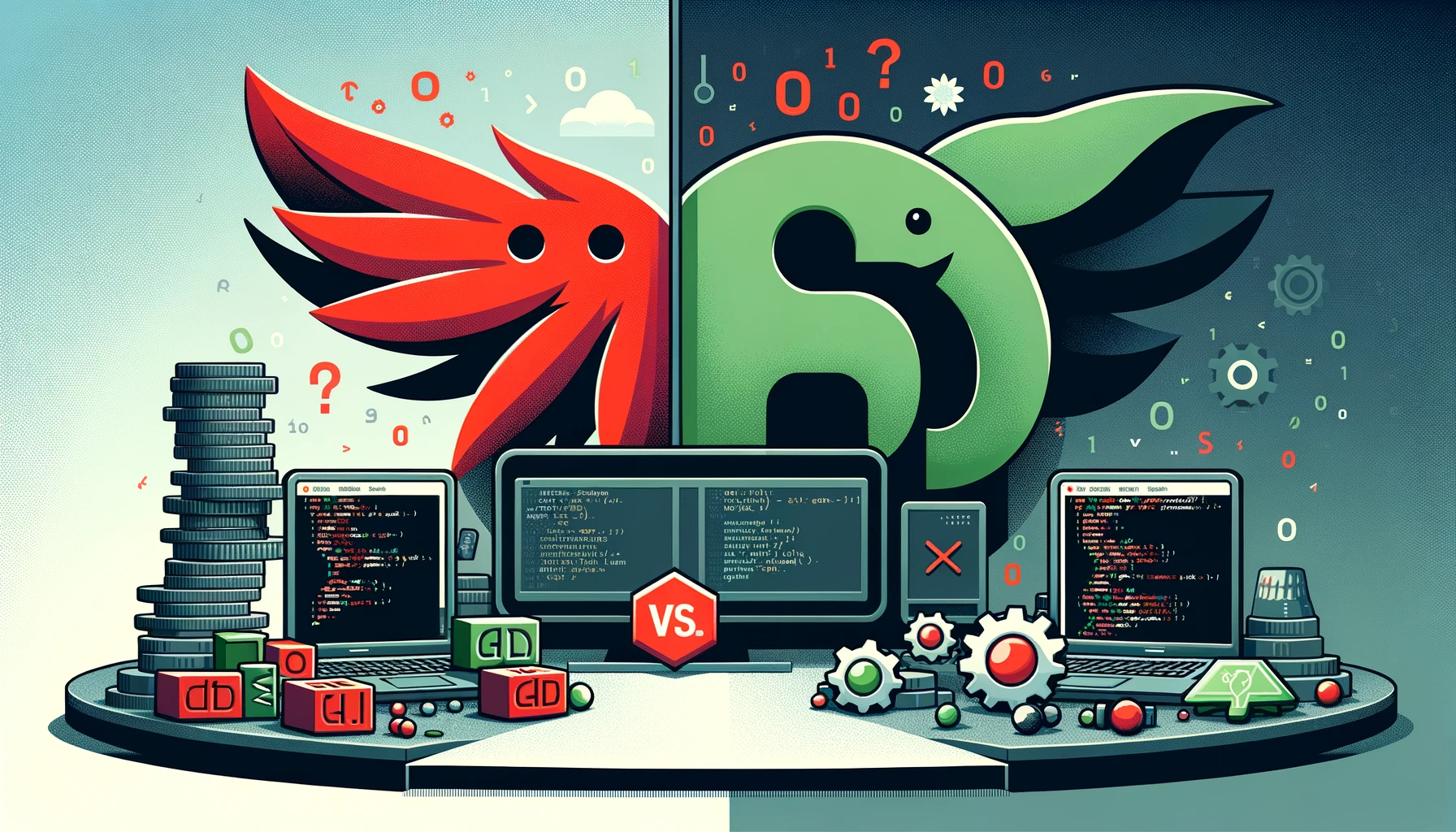1. Introduction to JavaScript

Haseeb Akbar

3 - mins

Coding
JavaScript: The Universal Web Language
- Foundational language for web development, used in browsers on all devices (desktops, tablets, smartphones). It powers dynamic and interactive web experiences through interpreters embedded in these browsers.
- JavaScript interpreters in browsers execute code, enabling dynamic web experiences.
Core Concepts of JavaScript
- High-Level Language: Easy for humans to read and write, abstracting complex details of computer hardware.
- Dynamic Typing: Variables can change type, offering flexibility in programming.
- Interpreted Language: Code is executed on the fly without a separate compilation step, ideal for rapid testing and development.
Programming Paradigms in JavaScript
- Object-Oriented Programming (OOP): This paradigm structures software design around objects rather than actions and data rather than logic. In JavaScript, objects are instances that hold both data (properties) and procedures (methods). This approach facilitates code reuse (via inheritance) and data encapsulation, leading to more manageable and modular software development.
- Functional Programming (FP): JavaScript embraces FP, a paradigm where programmes are constructed by applying and composing functions. It champions the use of pure functions—functions that, given the same input, will always return the same output without affecting or being affected by the programme's state. This emphasis on immutability and side-effect-free functions enables the creation of more predictable and bug-resistant code.
Development History and Standardization
- Developed by Netscape, JavaScript enabled interactive web pages.
- Trademarked by Sun Microsystems (now Oracle), ensuring the name's consistent use.
- Standardized as ECMAScript by the European Computer Manufacturers Association (ECMA) for consistency across browsers.
ECMAScript (ES) Versions
- ES5: Introduced "strict mode" for safer coding practices.
- ES6 (2015): Brought major syntax improvements (e.g., classes, modules) for complex applications.
- Yearly Updates: Post-ES6, the standard receives annual updates (e.g., ES2016, ES2017), adding new features.
JavaScript vs. Java
- Fundamentally different languages; JavaScript is for web development, while Java is for application software and server-side development.
Unique Features of JavaScript
- Prototype-Based Inheritance: Unlike class-based languages, JavaScript employs prototype-based inheritance. Objects inherit directly from other objects, using prototypes—a form of template object from which other objects can inherit properties and methods. This flexible system allows for more dynamic and less hierarchical inheritance structures, making it uniquely suited to JavaScript's dynamic nature.
- First-Class Functions: JavaScript treats functions as first-class citizens, meaning functions can be assigned to variables, passed as arguments, or returned from other functions. This capability is foundational to functional programming in JavaScript, allowing for high-order functions, callbacks, and more sophisticated function compositions.
JavaScript's Evolution
- Evolved to correct flaws while maintaining compatibility with legacy features.
- "Strict Mode": An option to enforce stricter parsing and error handling in scripts.
- ES6 and Beyond: Introduced syntax for classes and modules, enhancing JavaScript's capabilities as a general programming language.
JavaScript API and Host Environments
- Provides a minimal API for basic data structures (e.g., numbers, text, arrays).
- Does not include input/output (I/O) functionality; this is handled by the host environment (e.g., web browsers, Node.js).
- Node.js: Extends JavaScript to server-side development, allowing file system interaction, network operations, etc.
JavaScript's Minimal API
- The core JavaScript language specifies a minimal set of APIs for working with fundamental data structures such as numbers, strings, arrays, sets, and maps. This minimalistic approach ensures that JavaScript remains lightweight and flexible. However, it does not natively include more complex input/output (I/O) operations, leaving those responsibilities to the host environment.
Node.js: Extending JavaScript Beyond Browsers
- Node.js is an open-source, cross-platform runtime environment that enables JavaScript to run on the server side. It represents a significant leap for JavaScript, transitioning it from a language primarily used for client-side scripting in web browsers to a powerful tool for building scalable network applications. Node.js provides JavaScript access to the operating system's entire I/O capabilities, allowing it to read and write files, communicate over the network, and manage server requests and responses. This expansion has cemented JavaScript's role as a versatile language for both frontend and backend development.

















